Meizu M5 Note Review
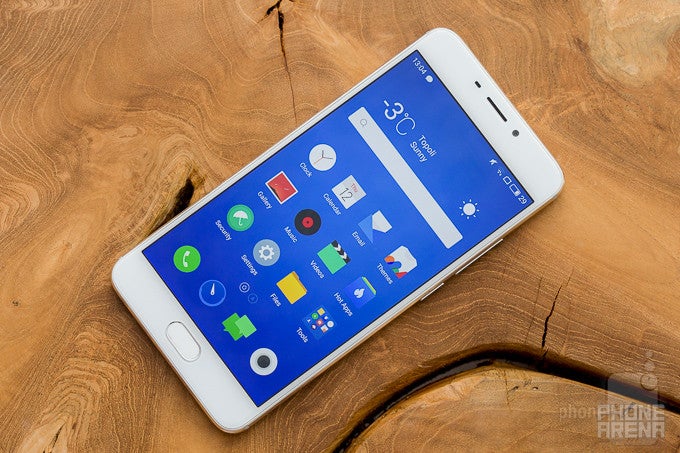
Introduction
Ever felt like importing a Chinese smartphone? In case you have, a quick research might have made you familiar with Meizu, a somewhat large China-based handset maker that rivals local superstar Xiaomi when it comes to bargain-priced devices.
We have the Meizu M5 Note with us today, the company's latest 5.5-incher that pairs a not too shabby specs sheet with a rather aggressive pricing and seems like a great deal on paper. In China, you can get the base model for the local equivalent of roughly $130, which is a killer price. In Europe, the 16GB version of the phone will retail for 229 EUR, while the 64 gigabyte one will sell for 249 EUR.
However, does this attractive proposition double as a great everyday device in real life? Secondly, is it worth going through all the hassle of importing that phone to the States? Let's find the answers to these questions!
What's in the box:
- Meizu M5 Note
- Wall charger
- Micro USB cable
- Quick start booklets and SIM ejector tool
Design
The run-of-the-mill design doesn't impress, but the phone has a sturdy build
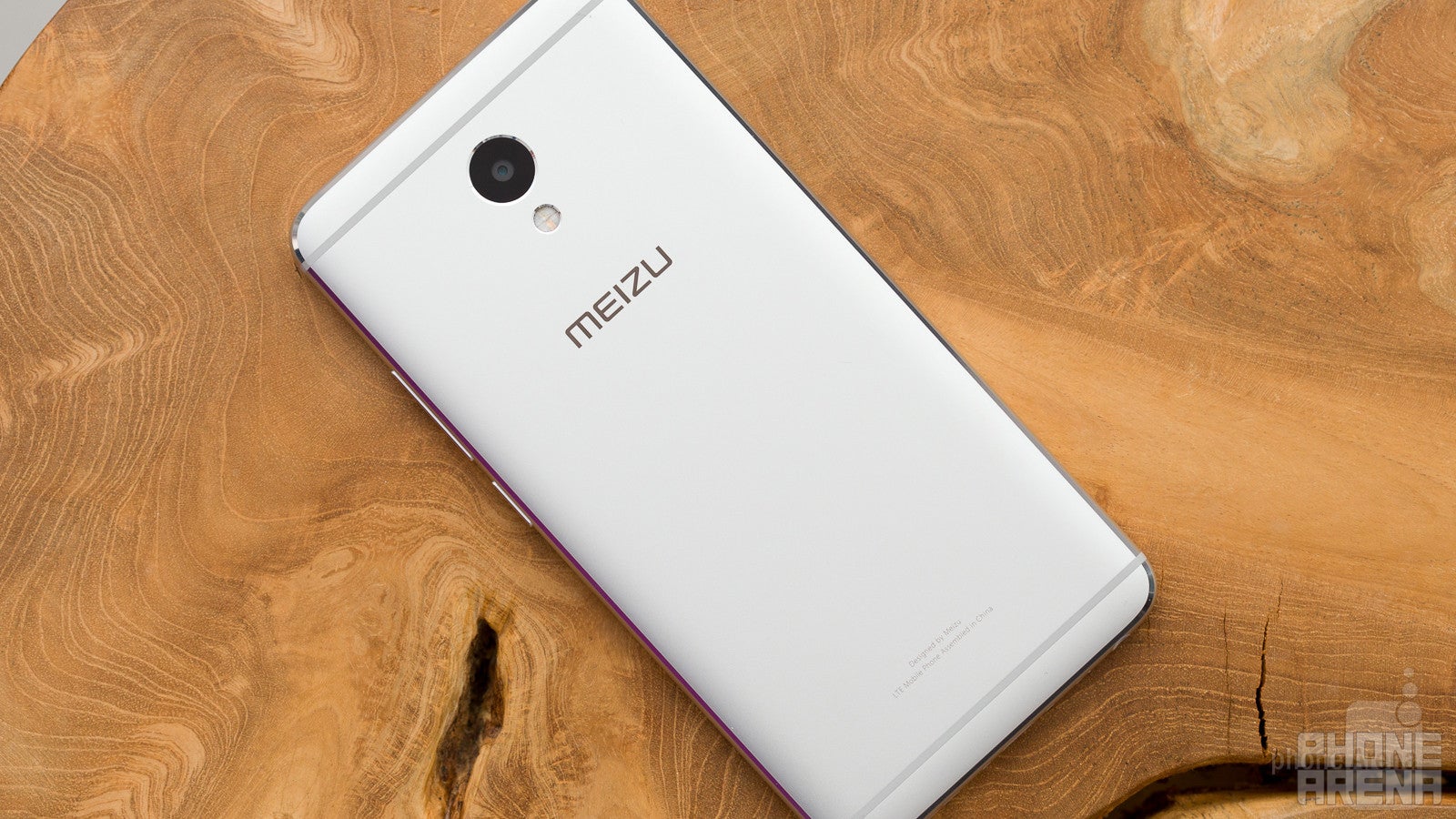
While its design is a bit mundane and fails to excite on any level, the build quality is pretty good for a phone of that price range and makes it up for the lack of anything special going in terms of looks. The phone's solid metal body feels pretty sturdy in the hand and is a bit lighter than similarly-sized devices.
All the hardware buttons—the volume rocker, the power and home keys—provide great feedback. We also love the fact that the camera at the back is not protruding outside of the body – it's actually ever so slightly recessed.
The M5 Note has a multi-functional home button, which acts as a fingerprint scanner, a back button when tapped, and finally, a regular home button when clicked. You access your app switcher by swiping up from the bottom edge of the phone, which has allowed Meizu to go for a super minimalist button layout, with no capacitive or software navigation keys in sight.
Display
It's sharp enough, but cold and not that accurate
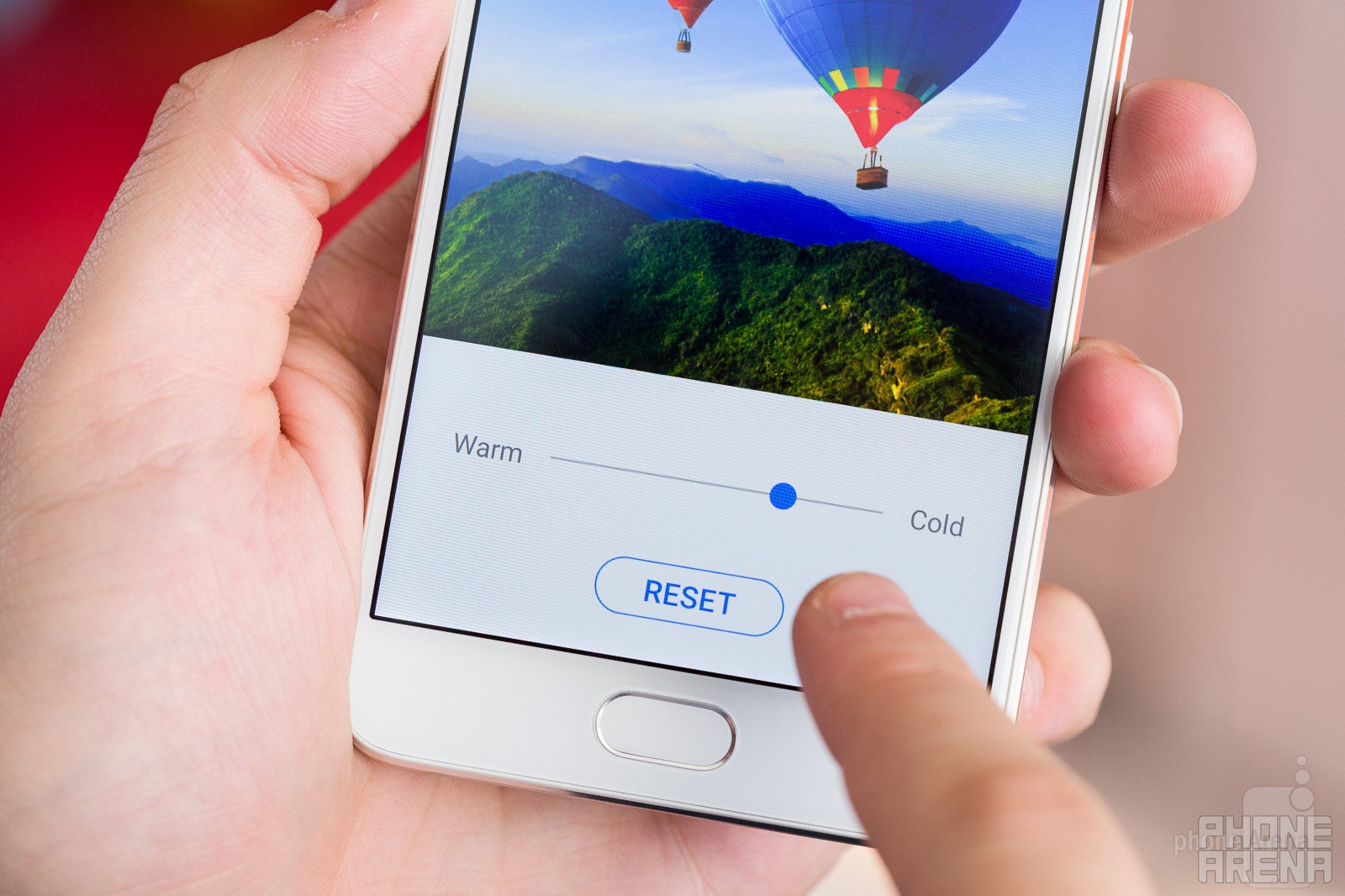
The 5.5-inch full HD IPS-LCD display of the Meizu M5 Note is a mixed bag. We find it sharp enough yet we simply can't ignore the fact that it's far from perfect in terms of color reproduction. By default, the display is a bit cold, meaning that you'll notice colors being a bit more blueish than supposed to. That's easiest to see when looking at white. Luckily, you can tweak the color temperature of the display to your liking.
The display is neither over-saturated nor overly vivid, but the color accuracy is far from perfect. For example, yellow colors appear way greener than they should be, while blues are much more prominent that they are expected to.
We have to give credit where it's due – we were pleasantly surprised to notice that the display's gamma is pretty good. This means that the Meizu M5 Note has a very accurate contrast between the dark and bright areas of a given image.
Interface and functionality
Android Marshmallow is most welcome, but Flyme OS takes getting used to
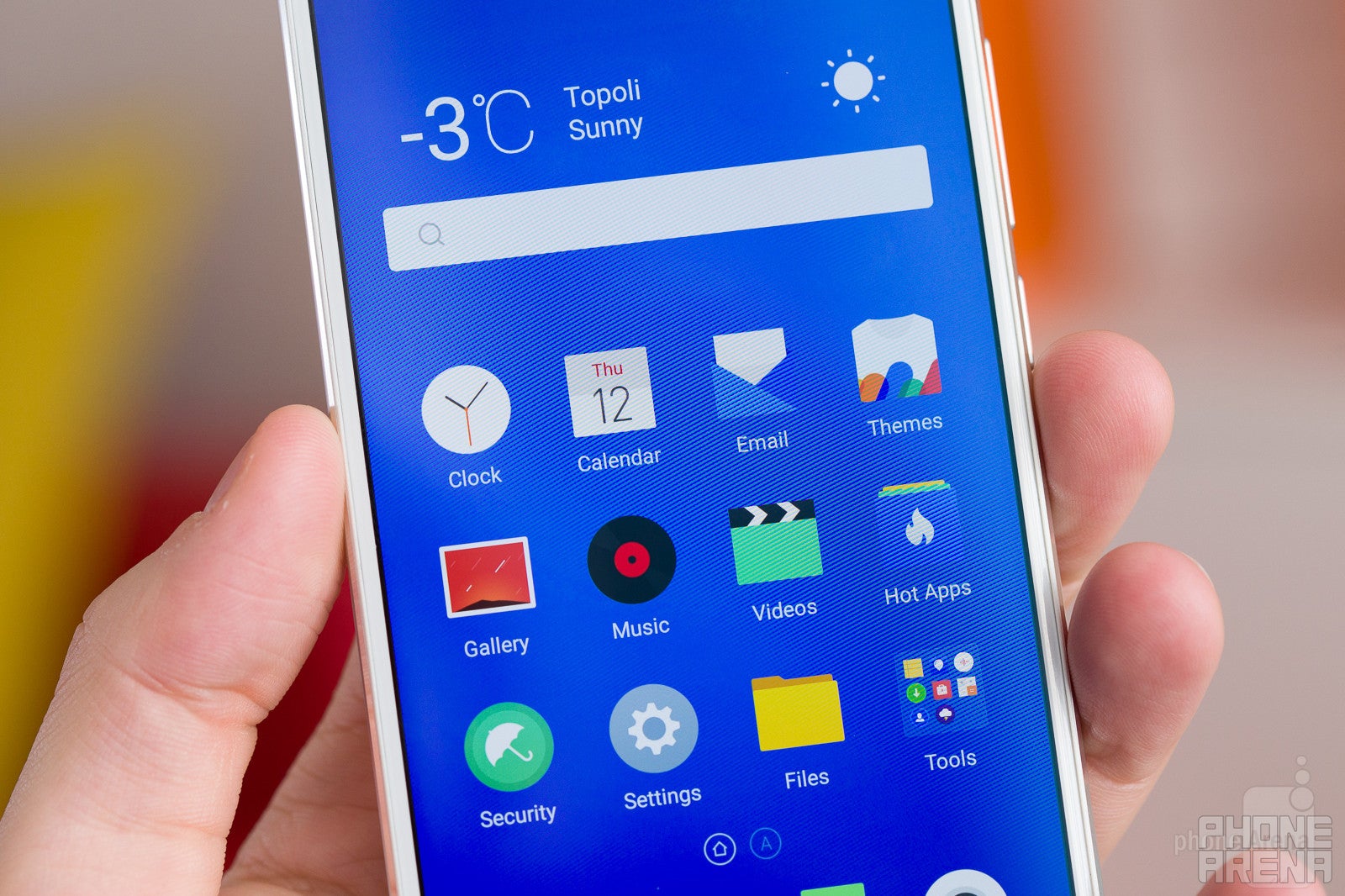
First of all, it should be mentioned that the Meizu M5 Note does not come with Google's framework pre-installed right out of the box. Thankfully, you can download the vital Google Installer app straight from Meizu's Hot Apps store, which is a 2-minute business. No biggie.
The M5 Note we reviewed came with the company's own Flyme OS 5.2, which is based on Android 6.0 Marshmallow yet draws inspiration from Apple's iOS. Users familiar with Chinese smartphone firmwares will probably feel right at home, but for the uninitiated user, getting personal with Flyme OS will likely by an exotic experience. It might look intuitive, but that is deceitful – certain essential features might not work as you'd expect. A prime example is trying to set your ringtone volume with the rocker – in order to do that, you have to go to a separate menu in Settings, which is totally not intuitive. Additionally, Flyme OS is far from perfect and has certain aggravating quirks that can ruin your overall experience. In particular, a great bunch of the stock apps (think Messages, Phone, Gallery, etc) lack landscape mode and are locked in portrait orientation. Thankfully, this doesn't apply to the camera app which rotates in accordance to the phone's orientation.
Couple that with the out-of-place design regularities that mar the interface and you are left with the feeling that Flyme OS is in some kind of a beta stage.
Don't think we entirely dislike Flyme OS, though – it has its upsides. We loved the multi-window feature as well as the system-wide search function that pays some very serious homage to iOS' Spolight Search, but is a neat addition nonetheless. Meizu has also thrown in a trendy blue-light filter that employs a pleasant red hue which aims to relax your eyes and help you sleep better.
Processor and memory
Don't push it too hard or you will end up displeased

If you were to dissect the Meizu M5 Note, you'd find a mid-range octa-core MediaTek Helio P10 chipset clocked at up to 1.8GHz as well as 3GB of RAM. Enough technicalities, we know these mean nothing when viewed out of context.
Performance is mostly okay for basic everyday tasks, like texting, streaming music, browsing the web, and killing time with less complex games. Just as we mentioned before, Meizu's interface is well-optimized and will seldom exhibit any hiccups or lag, though you should be prepared to encounter such issues from time to time. It's worth noting that you can switch between three different performance modes at will, namely Saving, Balance, and Performance, which are pretty self-explanatory.
Fire up a fast-paced 3D game and you're in for some really bad time, even with Performance mode enabled. Apart from the lowly frame rate, you will also be treated to frame drops here and there, not to mention that the phone becomes noticeably warm even after a brief gaming session. You'll experience the same after heavy usage, too.
With merely 16GB of storage in the basic version, you'd likely want to throw in a microSD card in the hybrid dual-SIM slot as soon as possible or otherwise you might run out of space rather quickly – you'll find less than 4 gigs of native storage available on the unit I reviewed after merely a week of light usage.
Connectivity
The M5 Note is equipped with a hybrid dual-SIM card slot – one of the slots accepts microSD expansion cards for a few extra gigs of storage.
The phone is LTE-enabled, but have in mind that it only supports FDD-LTE bands 1, 3, 5, 6, 20, as well as TDD-LTE bands 38 and 40. This means that you can only use the phone on AT&T's 4G network in the States; using it with any other carrier will only let you reach 3G data speeds. LTE with most European and all Chinese carriers is a given, though.
The Meizu M5 Note comes with Bluetooth 4, GPS, A-GPS, GLONASS, as well as dual-band Wi-Fi 802.11 a, b, g, n, a pleasant surprise for such an affordable phone. No sign of NFC, so don't keep your hopes up for Android Pay support.
Camera
A good camera by entry-level standards
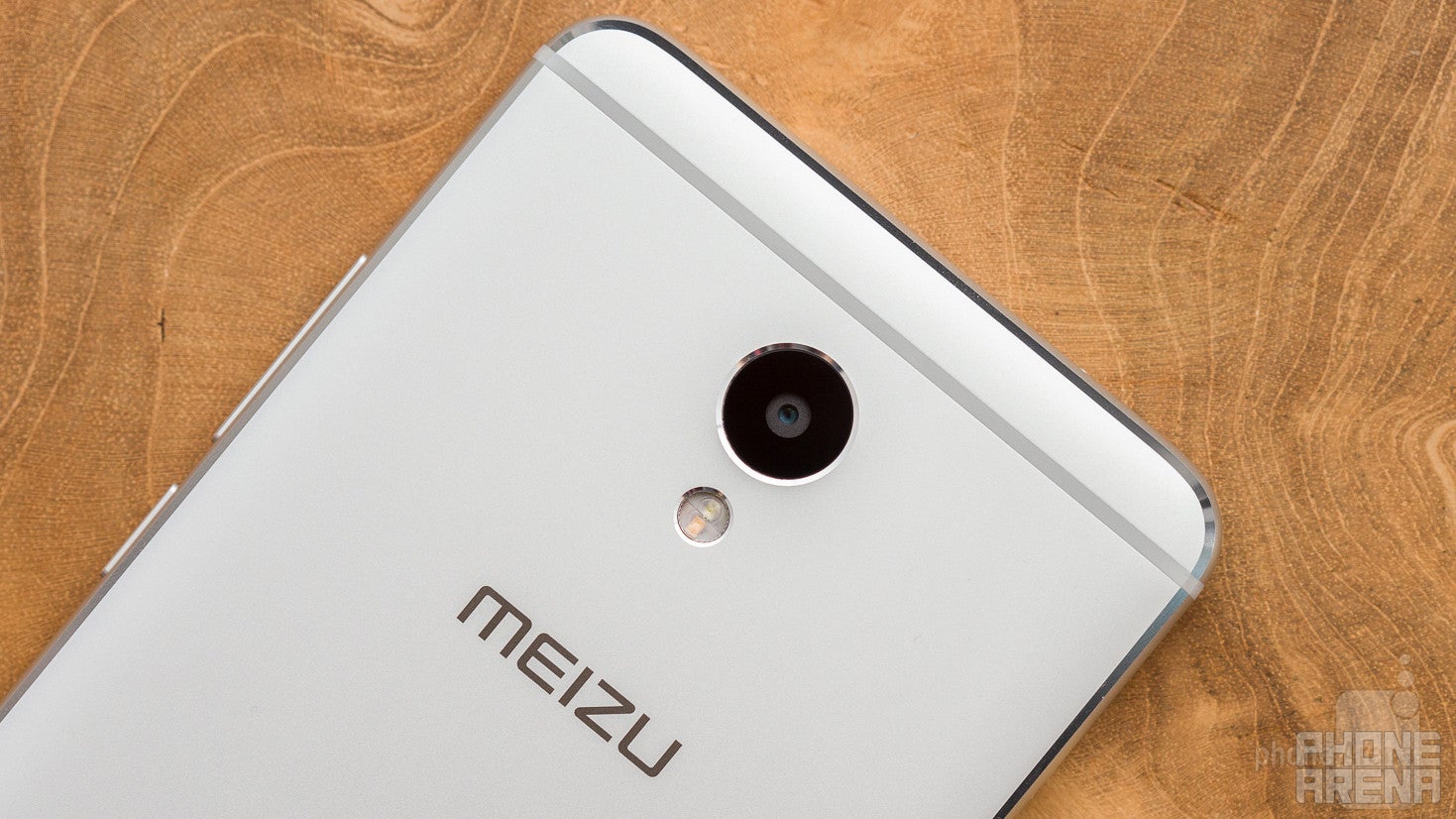
For the most part, the 13MP f/2.2 main camera of the Meizu M5 Note is an average performer. From the get-go, we are greeted with a somewhat intuitive interface that has a sufficient amount of modes and features, like manual controls, macro mode, panorama, beauty mode for selfies, slow-mo, OCR scanner, GIF makers, and selective focus mode. There's also a neat level gauge that helps you straighten the horizon.

Camera UI
Image quality
Image quality, however, is a mixed bag. To us, the amount of detail in each photo is perfectly acceptable, but pixel peepers will most likely get disappointed if they zoom in and inspect the quality of said detail from up close.
In broad daylight, the camera's performance is relatively good, though it sometimes fails to nail the white balance. The phase detection autofocus is relatively fast and a great addition to such an entry-level device. The color rendition of the camera is mostly accurate, though we sometimes found it leaning towards the colder side of the spectrum.
However, once the sun begins to set or the lights go out, you should expect image quality to progressively deteriorate. Detail becomes unpleasantly hazy and lots of noise starts creeping in as the lighting conditions become less favorable, but that's to be expected.
We should also mention that Meizu has thrown in phase-detection autofocus on board, which does its mojo pretty fast. Manual focusing on a certain part of the frame also shifts the metering to that exact spot, but thankfully, there's a manual metering in the camera's settings, which lets you manually change the metering after you focus manually.
There are a few things that disappointed us. For example, HDR images often exhibit a deal-breaking amount of ghosting. Panoramas also totally failed to impress us – they are of inexcusable lowly resolution and have little to no detail, so don't bother with these.
Selfies taken with the front camera turn out perfectly acceptable, albeit a tad lifeless and lacking character. Additionally, he 5MP f/2.0 snapper simply struggles to produce detailed stills, but with the proper filters, these are worthy of getting uploaded to any social media.
Video quality
You can shoot 1080p Full HD videos at 30fps with either the rear or the front cameras of the M5 Note. The video quality is acceptable for a device dwelling at that price point, and we loved how fast the phone focuses during recording. However, the lack of any stabilization is apparent – make sure you employ a steady hand or all of your videos will end up being rather shaky.
Multimedia
There is a single bottom-firing loudspeaker on the M5 Note, which is quite loud, yet sounds a bit hollow and lacks any richness and depth. Still, such a performance is mostly on par with similarly-priced handsets. Connect a pair of quality headphones to the 3.5mm audio jack and the audio-listening experience automatically becomes that much more pleasurable.
Call quality
For the most part, you will have no serious issues with the way the earpiece or the microphones of the M5 Note do their job. Call quality, albeit far from stellar, is perfectly acceptable on both ends of the line.
Battery life
Both battery life and recharging times are excellent!
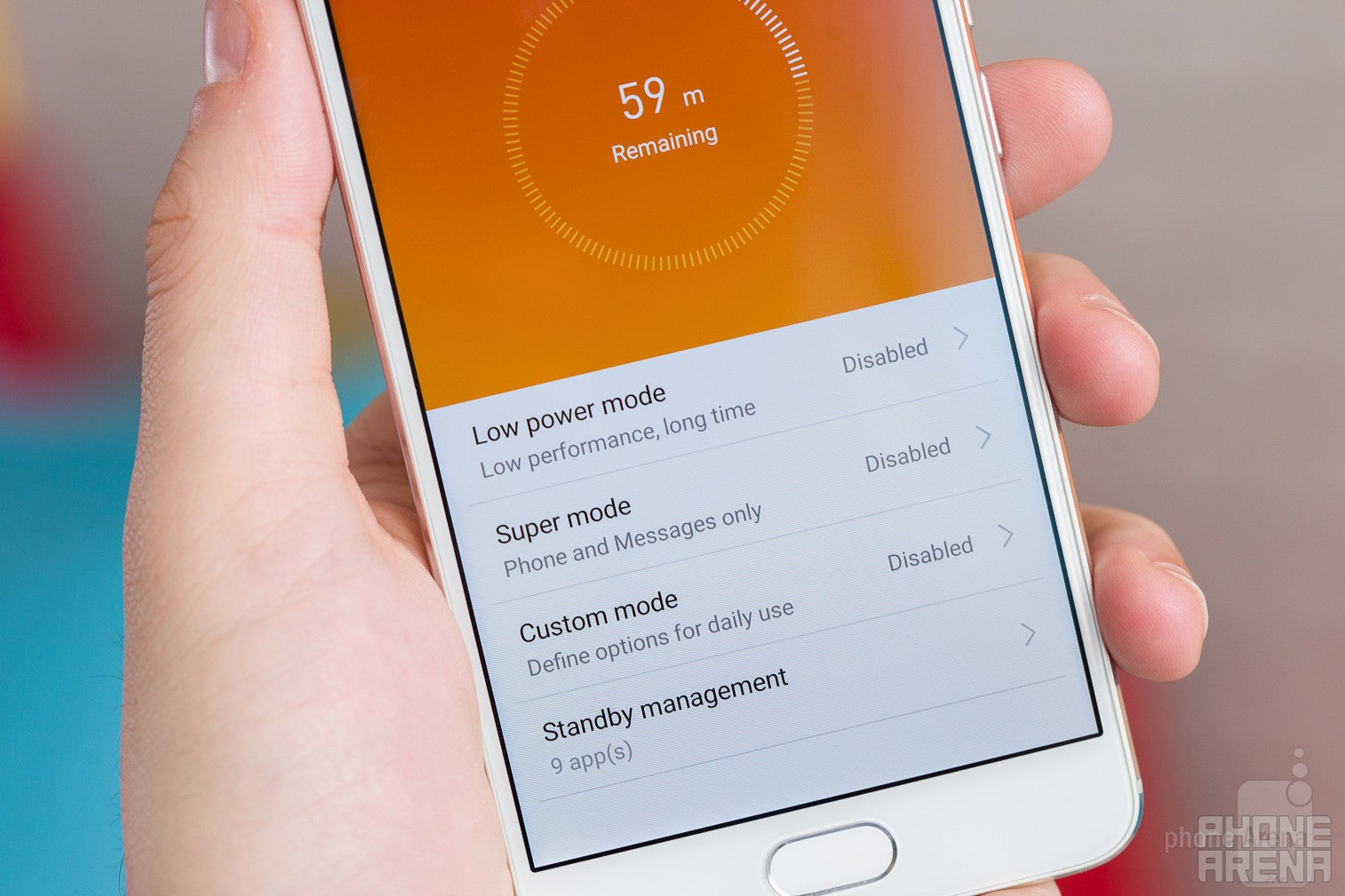
Rest assured that the 4,000mAh juicer inside the M5 Note will get you going for at least a day and a half on a single charge, or even two if you are using it more lightly. Even under a heavier load, you can expect the phone to last you a full day.
The M5 Note lasted for 9 hours and 45 minutes in our custom battery test, which is a very good result, though nothing that will knock your socks off.
When it came to charging, the Meizu M5 Note surprised us in the most pleasing way – its battery went from 0% to 100% in 96 minutes, which is an excellent result for such a well-endowed device. This great result is courtesy of the fast-charging tech Meizu has utilized.
Conclusion and recommendations
Low price does not a good phone make
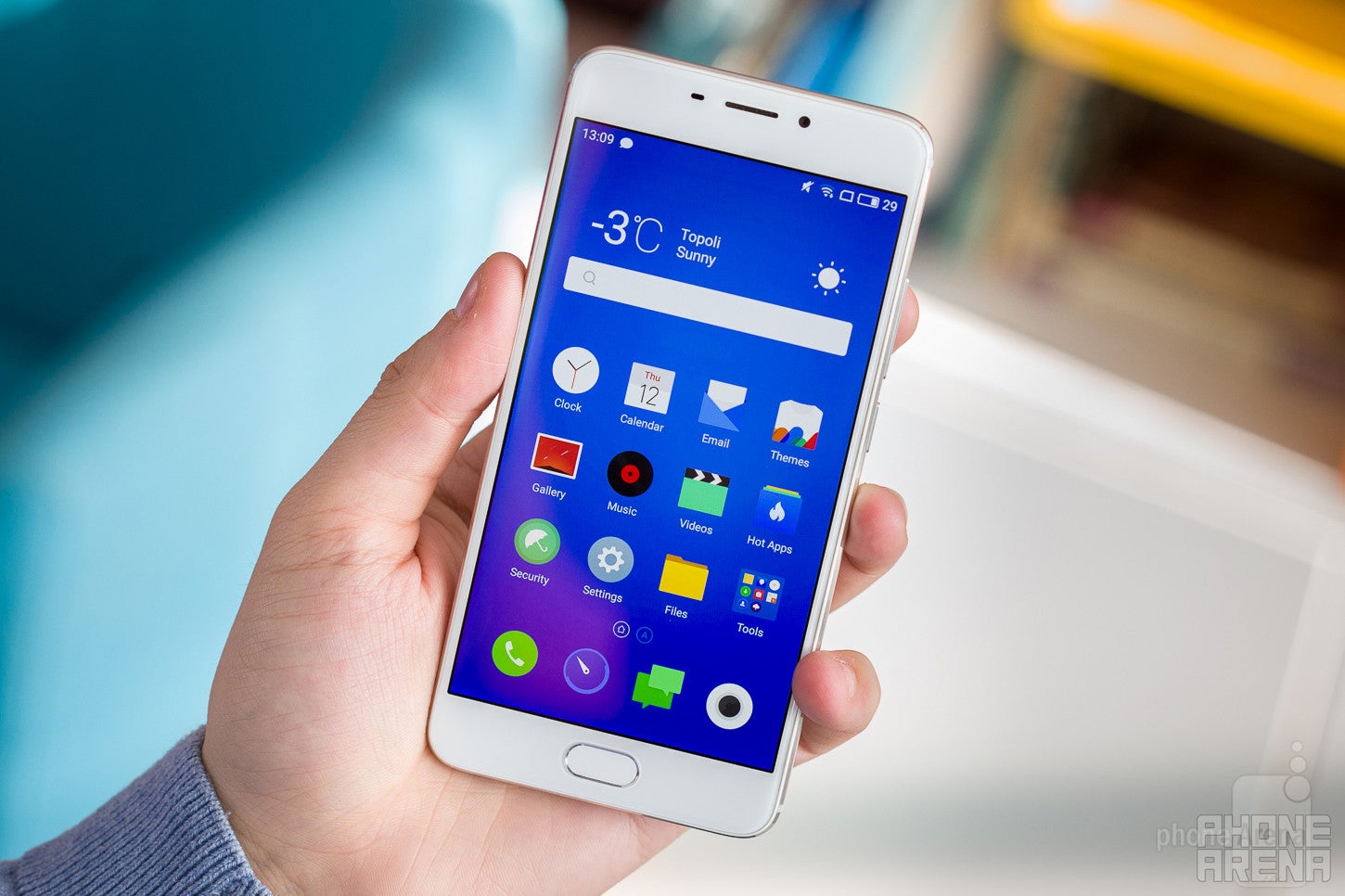
The ancient “You get what you pay for” mantra rings particularly true for the Meizu M5 Note. It's far from an excellent device as it has a surplus of caveats, but that's to be expected from such an affordably-priced offering. The 3GB RAM/16GB unit we reviewed costs around $130, while $218 will get you the top version with 4GB RAM and 64GB of storage. So far, it's only available in China and is yet to hit Meizu's online stores for the Western markets, where the 16 and 32GB versions will sell for 229 and 249 EUR, respectively; while a US release is out of the question.
We wouldn't advise importing that one — it's a good value for money, but we feel like this only applies to the Chinese market, which is where the M5 Note is originally intended for. Moreover, you will have to put up with lots of compromises, namely non-existent LTE support on most US carriers, as well as shabby aftermarket support and the exotic Flyme OS interface.
You'd be better off with a phone that's less of a hassle. A 5.5-inch Moto G4 Play is way pricier at $269, but will end up being a way better investment in the long run. Even the ~$150 Moto G4 Play and $200 Moto G4, despite being smaller and pricier, are also better alternatives to the Meizu M5 Note.
Honor's offerings, namely the older honor 5X and the brand new honor 6X might also interest you: both are available in the States, carry 5.5-inch screens, and are priced pretty reasonably, at $199 and $249 respectively.
However, if you're dead-set on getting a low-cost Chinese phone for some reason, you might want to look into similarly-priced alternatives like most of Xiaomi's entry-level offerings, namely the 5.0-inch Redmi 4, which is going for roughly $150, or the 5.5-inch Redmi Note 4, which has a $210 price tag.
Follow us on Google News




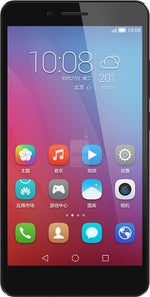





























Things that are NOT allowed:
To help keep our community safe and free from spam, we apply temporary limits to newly created accounts: